Ranked! The 100 best stadiums in the world
The best stadiums in the world from all corners of the globe: this is your ultimate match-going bucket list
50. Estadio Monumental "U"
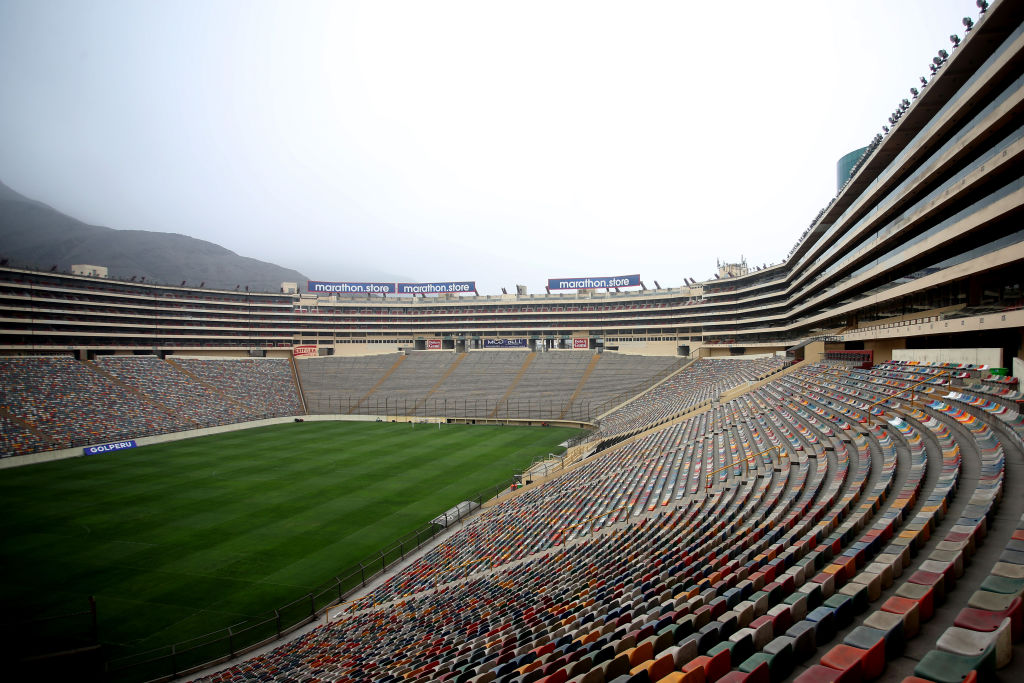
📍 Lima, Peru
🏠 2000
🏟 80,093
This stadium is so big that construction also included a contingency plan for low attendances: every seat is painted in a different colour, so the stands never seem empty.
The two tiers are completely different, offering a unique view of what it looks like to combine two stadiums into one. A mix between Bombonera, Giuseppe Meazza and Camp Nou, this stadium bears a regular lower tier of cheaper ‘popular’ tickets, for nearly 60,000 fans, and a second, vertical tier for suites that allocates 20,000 more. The result is a monster ground that resembles those of the NFL, a very ambitious project that Universitario are still trying to pay for. – MM
49. Stadio Olimpico
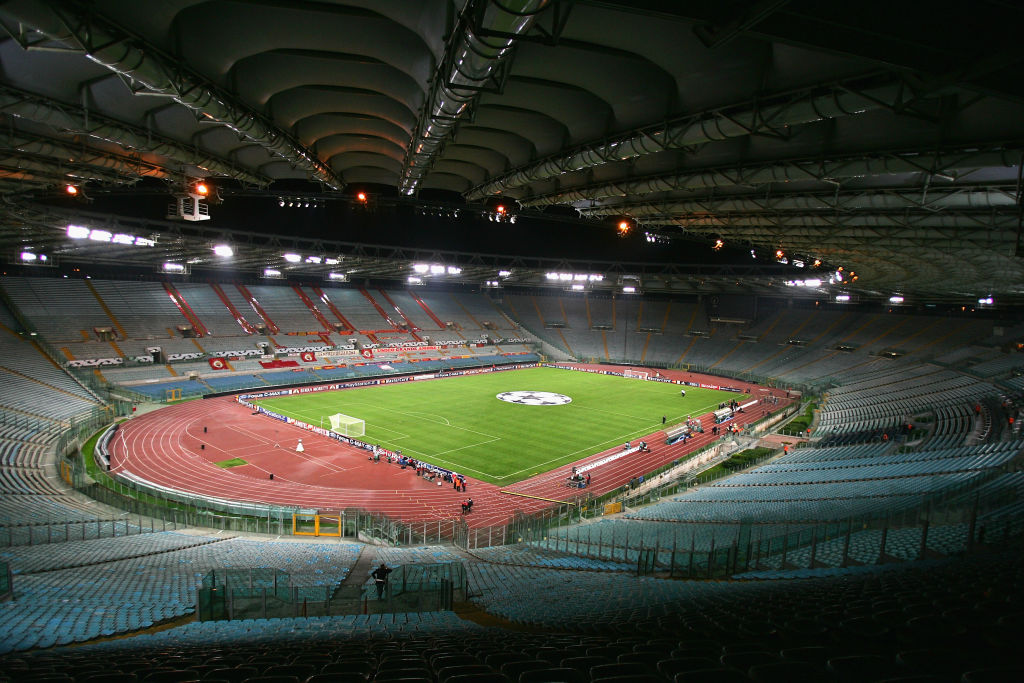
📍 Rome, Italy
🏠 1927
🏟 70,634
The modern-day Colosseum has undergone countless transformations since it first opened. It was once known as the Stadio dei Centomila – “Stadium of 100,000” – as its capacity reached its peak in the years following World War II. In fact, although nobody seems to know what the record attendance was, most sources contend it was well into six figures.
It received its current name after a renovation for the 1960 Olympics, and it was then almost entirely rebuilt for the World Cup three decades later. It has hosted four European Cup Finals (1977, 1984, 1996 and 2009), but it remains primarily the home to the Italian capital’s two football clubs.
Whenever Roma and Lazio face off for major trophies or simply local bragging rights, the stadium’s myriad problems become irrelevant as supporters transform it into one of the world’s most passionate venues. Few places can match for drama, history or nostalgia, and it remains a hugely intimidating place to play for visiting teams if the home crowd are up for the occasion. – AD
Get FourFourTwo Newsletter
The best features, fun and footballing quizzes, straight to your inbox every week.
48. Rajko Mitic Stadium
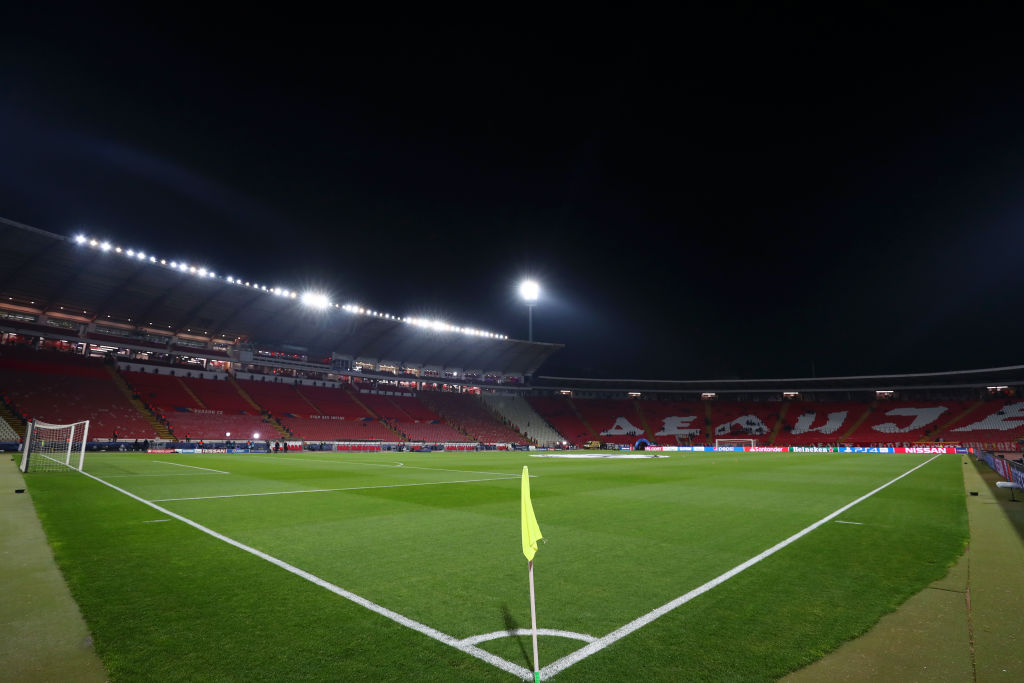
📍 Belgrade, Serbia
🏠 1963
🏟 53,000
Officially it’s known as the Stadion Rajko Mitic in honour of a club legend, but Red Star’s stadium has long been nicknamed the Marakana after – yes, you probably didn't need us to spell this out – the Maracana in Rio. Switching the 'c' for a 'k' was a nice touch.
The Belgrade version is an imposing old-school bowl and was a particularly taxing place to visit during Red Star’s heyday – 100,000 were there when they beat Bayern Munich in the semi-finals en route to European Cup glory in 1991. The stadium also hosted the 1973 European Cup final and the final of the 1976 European Championship, won by Czechoslovakia thanks to Antonin Panenka’s Panenka.
Red Star’s decline in fortunes have meant it isn’t full that often these days, but the atmosphere is still pretty special when it is – albeit sometimes with a rather significant hint of menace.
It’s home to the fearsome Delije, the Red Star ultras from whom Arkan recruited paramilitaries for the fight against Croatian independence in the early 1990s. In one match against Partizan, those paramilitaries returned to hold up Croatian road signs to chillingly celebrate their capture of a number of towns. A Red Star fan, Arkan lived in a villa overlooking the Marakana until he was assassinated in 2000. – CF
47. Ali Sami Yen Stadium
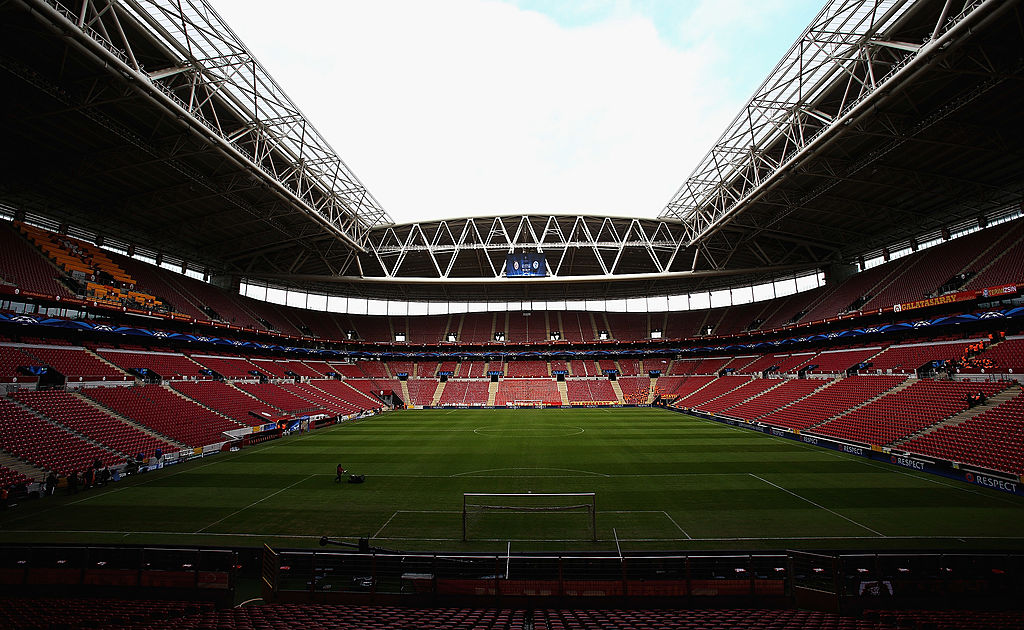
📍 Istanbul, Turkey
🏠 2011
🏟 52,280
A newbie, but a goodie. The Rams Global – formerly The Turk Telekom – has achieved the near-impossible of living up to the legendary home it replaced. Gala’s old Ali Sami Yen was much-loved, placed at the heart of its support base, and highly intimidating for visiting teams, but quite frankly was a health hazard: the company that demolished it in 2011 stated that it was a near-miracle that it hadn’t collapsed. – NM
46. Al Bayt Stadium
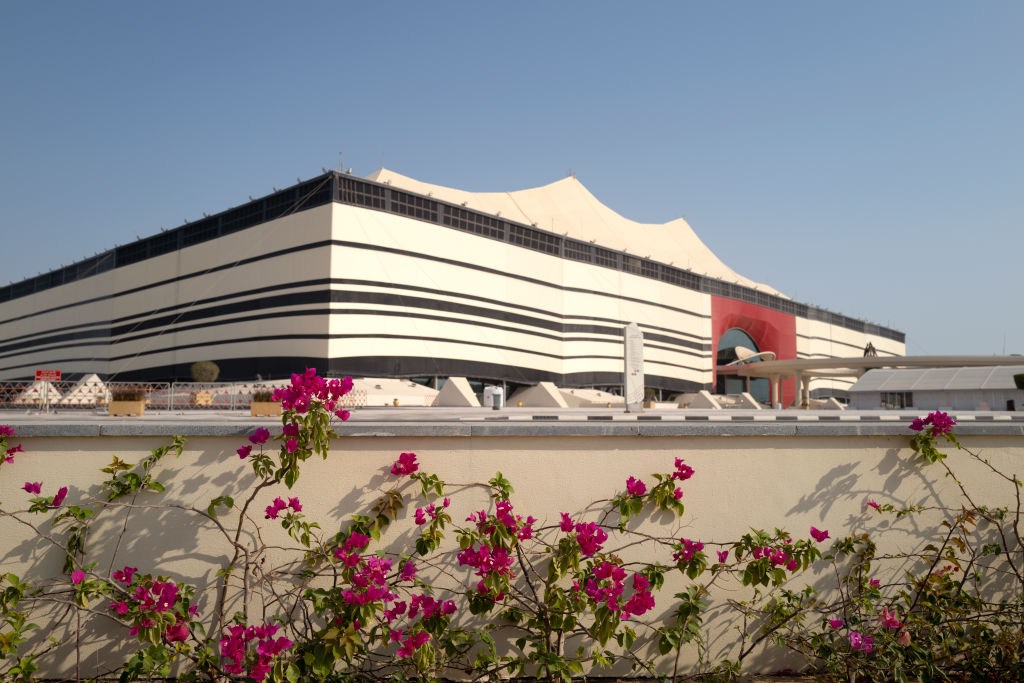
📍 Al Khor, Qatar
🏠 2021
🏟 68,895
Somewhere up in the roof, you can probably still find the ball Harry Kane struck from 12 yards out against France. Too soon?
The Al Bayt stadium was one of the venues which drew criticism for Qatar's treatment of migrant workers, holding nine games during the competition. Taking its curious cues from traditional Middle Eastern tent designs of the nomadic peoples of the Middle East, it was Qatar 2022's most remote stadium and perhaps the cosiest? A retractable roof fully shut it off from the outside world and encased games inside its dazzling design. – MW
45. Lumen Field
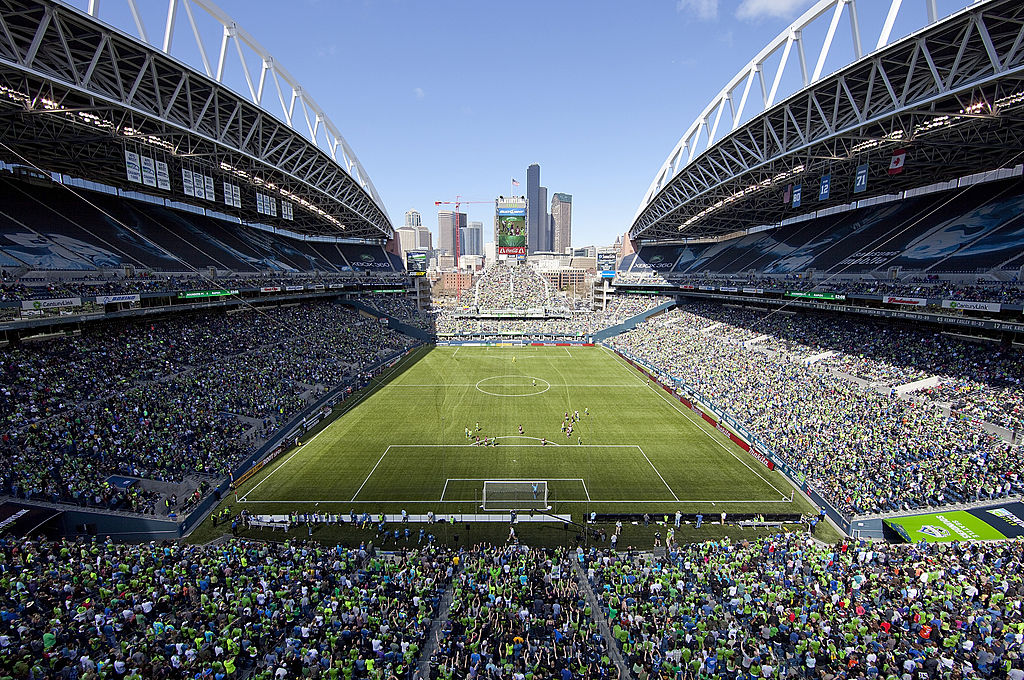
📍 Seattle, United States
🏠 2002
🏟 37,722
Fancy a nice quiet game? Avoid CenturyLink Field. Shared by the Seattle Sounders and gridiron neighbours the Seahawks, and only the second MLS stadium to feature in the FIFA video game series, it has set world records for crowd roars, topping out at 137.6 decibels for a Seahawks game in December 2013. To put that in context, it is roughly the same amount of noise a military jet makes when taking off.
Asked how it generates such a din, architect Jon Niemuth explained: “If you’re trying to create a container, the bigger the cup you can make it the better.” Built with two large stands either side of the field that tower over proceedings – and with the north end open to allow views of downtown Seattle, a mere mile away – it channels the noise directly onto the field. – KH
44. Providence Park
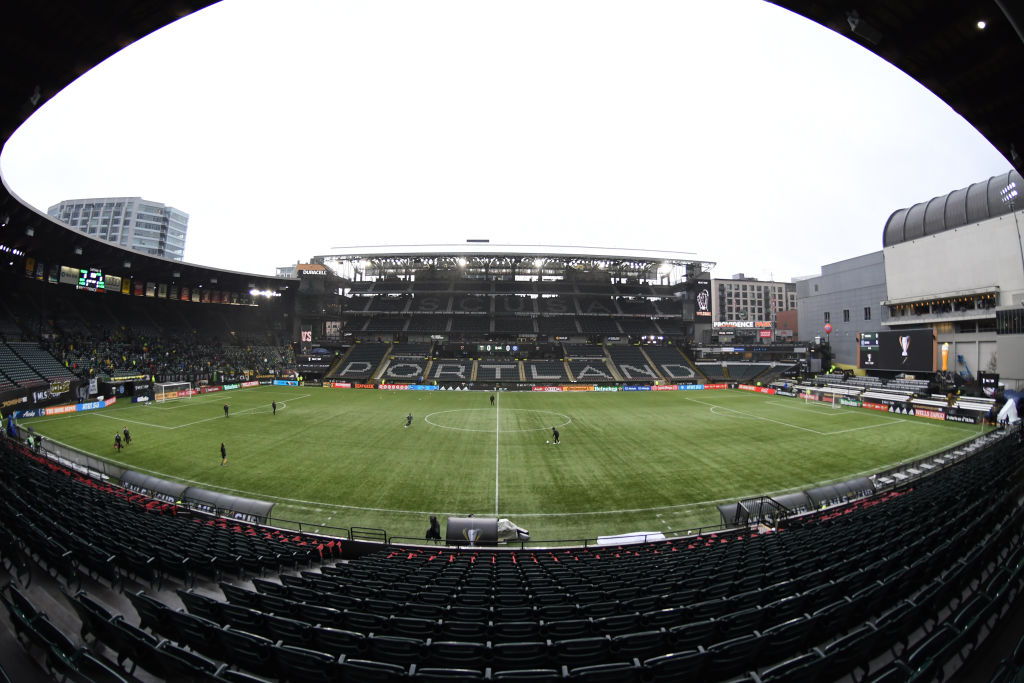
📍 Portland, United States
🏠 1926
🏟 25,218
Proving the passion this country has for the game, there's almost a cathedral-like feel to Providence Park. By the north end, the Timbers Army congregate and produce some of the most intricate and beautiful Tifos you will see in North America. In front of them, behind the goal, mascot Timber Joey – not a cuddly kids’ character, but a chainsaw-wielding lumberjack – saws off a slice of log to present to each goalscorer.
When the rain is pelting down (as it often does in the region) and the fans are singing, nothing else matters – and part of that is due to this wonderfully historic building that the Timbers call home. – KH
43. Estadio Hernando Siles
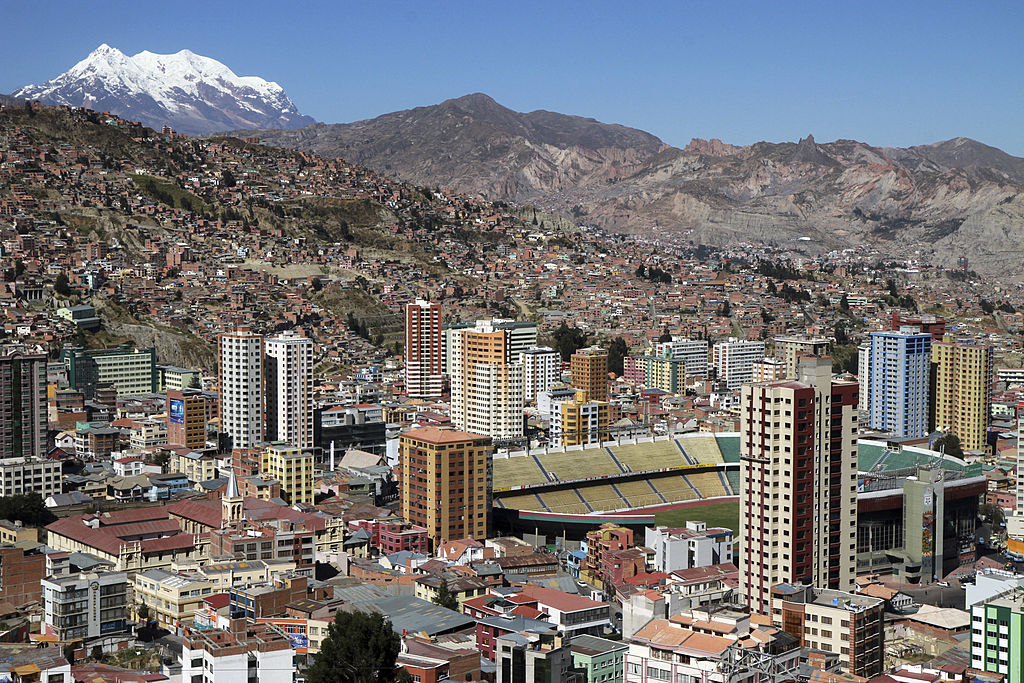
📍 La Paz, Bolivia
🏠 1930
🏟 41,143
Like climbing Everest or walking in Antarctica, attending a Bolivia game here is a must for adventure-seekers – at 3,601 metres above sea level, international football has never been closer to the clouds. Visiting players (and fans) are often affected by the altitude, which produces lack of air, vomits and headaches. In 1993, Brazil suffered their first ever loss in a World Cup qualifier here, and a Maradona-managed Argentina were famously thrashed 6-1 in 2009. But despite FIFA banning international football above 3,000 metres, Bolivia’s ageing national stadium was given immunity. Rightly so. – MM
42. Plough Lane
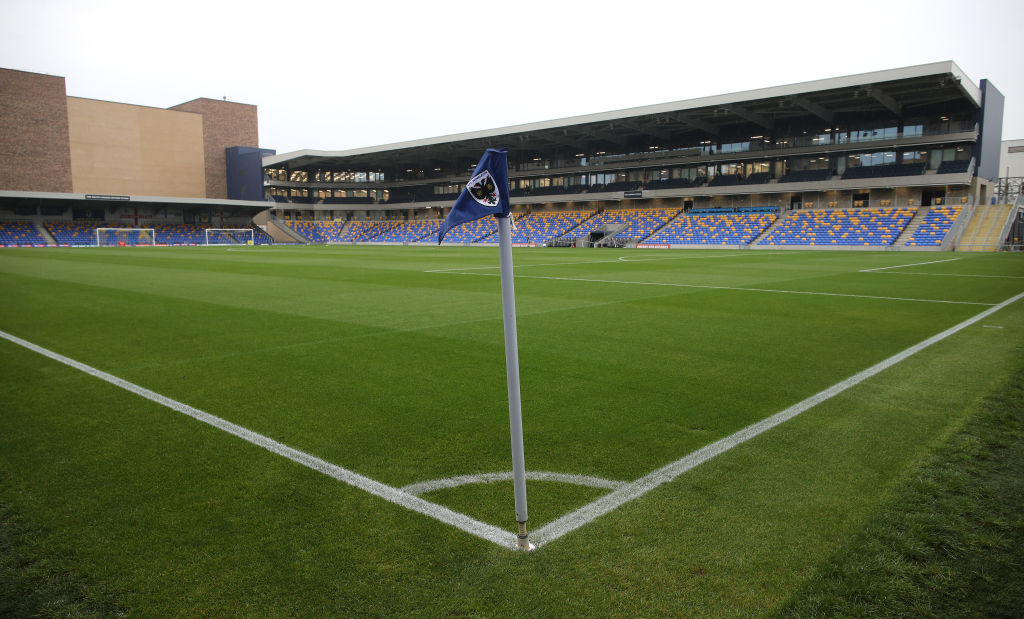
📍 London, England
🏠 2020
🏟 9,215
It wasn't known as the Cherry Red Records Stadium when Wimbledon moved in. The original Plough Lane was home to the Dons for almost 80 years before being sold behind fans' backs. They expected a more modern home: they didn't expect one 70 miles away.
The return to Plough Lane in 2020, some 200 yards from the original, was crowdfunded by the fans. It's proof if ever you needed it that location matters. The views from the new Lane, for Wimbledon fans at least, are perfect here. – MW
41. Baku Olympic Stadium
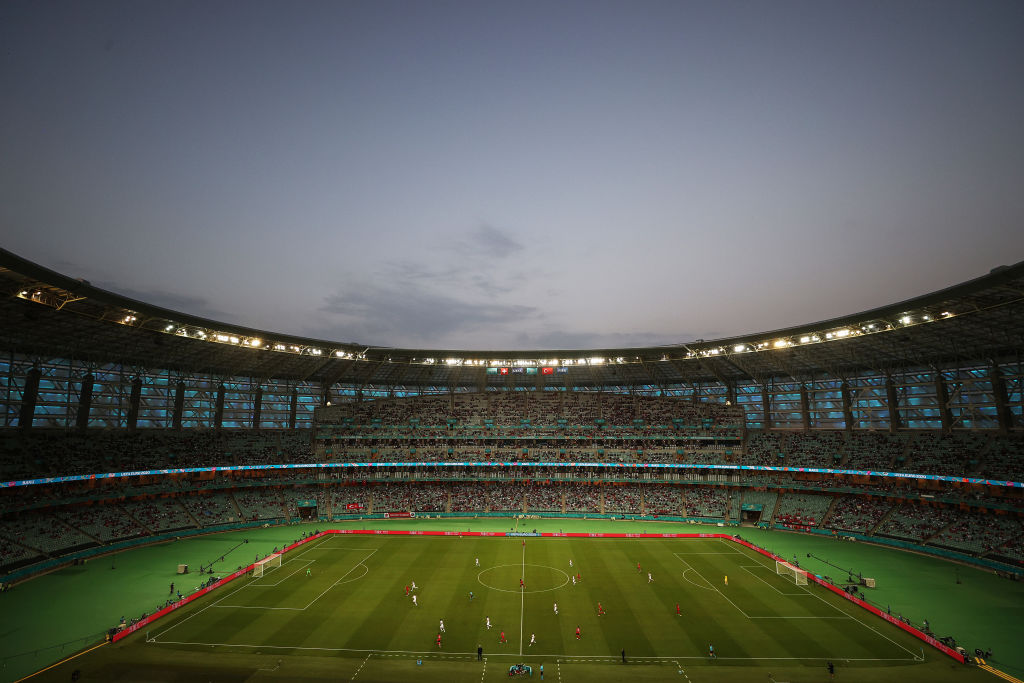
📍 Baku, Azerbaijan
🏠 2015
🏟 69,870
Hubristically named the Olympic Stadium despite Baku having neither hosted the games nor announced plans to do so in the near future, this huge structure has made headlines, hosting Euros games and Chelsea tonking Arsenal in the Europa League final.
But nestling on the Caspian Sea 2,200 miles east of UEFA HQ, it’s closer to Bangladesh than it is to fellow Euro 2020 hosts Bilbao. Fans accessing the ground generally have to take the elaborate – in decoration, not comfort – Baku metro due to its location outside of the city centre, but once there they can enjoy one of the most modern stadia around. The design is as slick as the nearby oil. – JF
Current page: The 100 best stadiums in the world: 50-41
Prev Page The 100 best stadiums in the world: 60-51 Next Page The 100 best stadiums in the world: 40-31
Mark White has been at on FourFourTwo since joining in January 2020, first as a staff writer before becoming content editor in 2023. An encyclopedia of football shirts and boots knowledge – both past and present – Mark has also represented FFT at both FA Cup and League Cup finals (though didn't receive a winners' medal on either occasion) and has written pieces for the mag ranging on subjects from Bobby Robson's season at Barcelona to Robinho's career. He has written cover features for the mag on Mikel Arteta and Martin Odegaard, and is assisted by his cat, Rosie, who has interned for the brand since lockdown.
